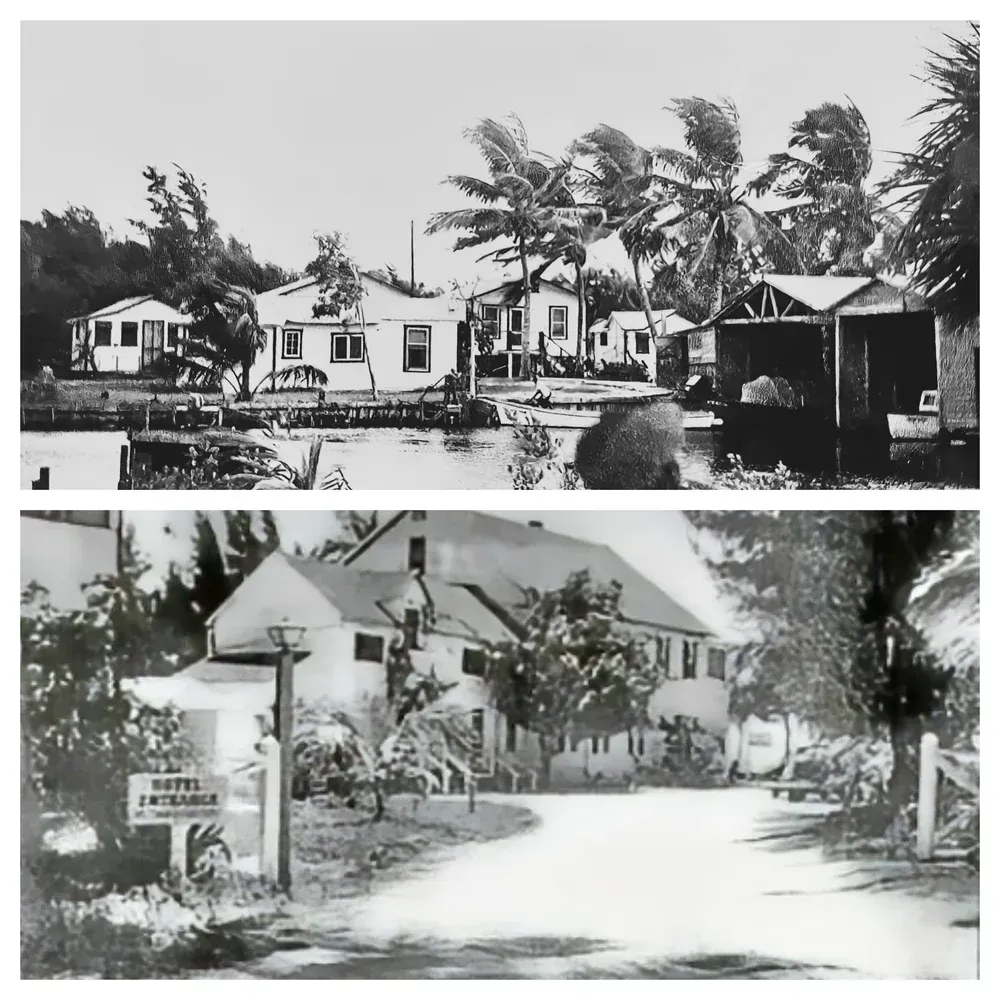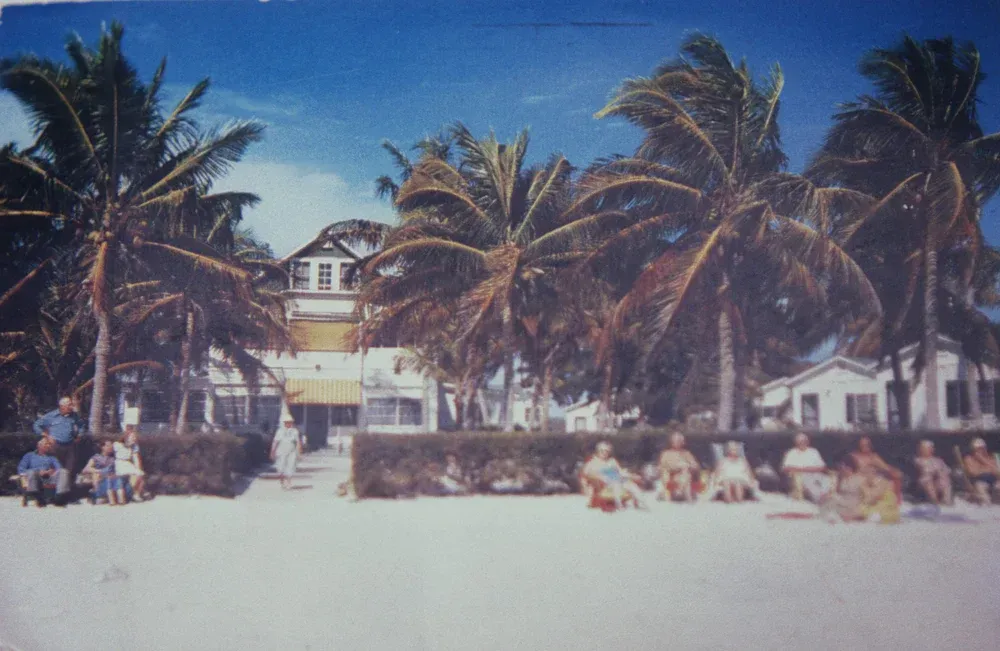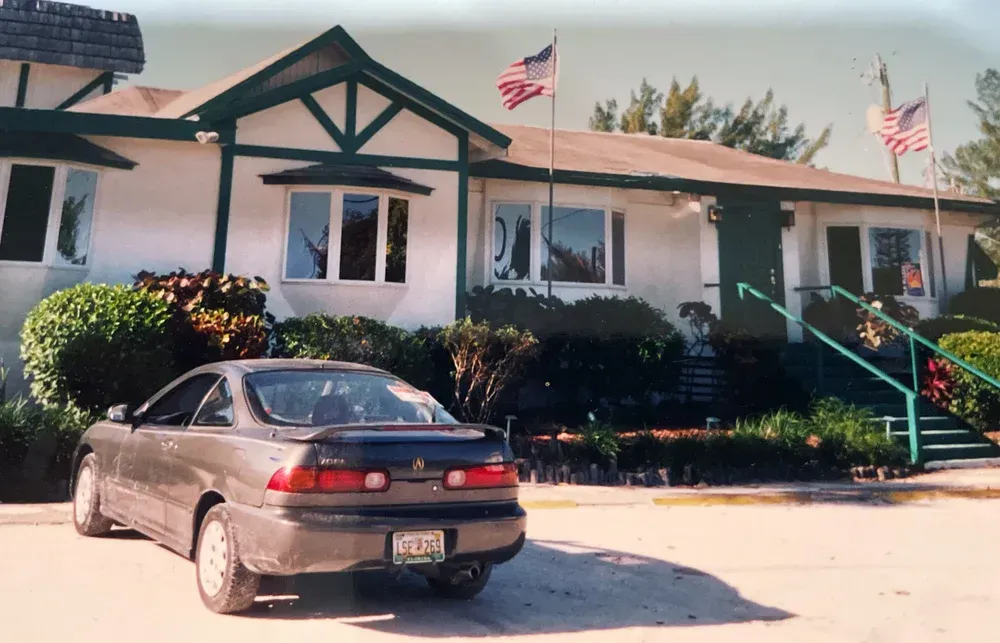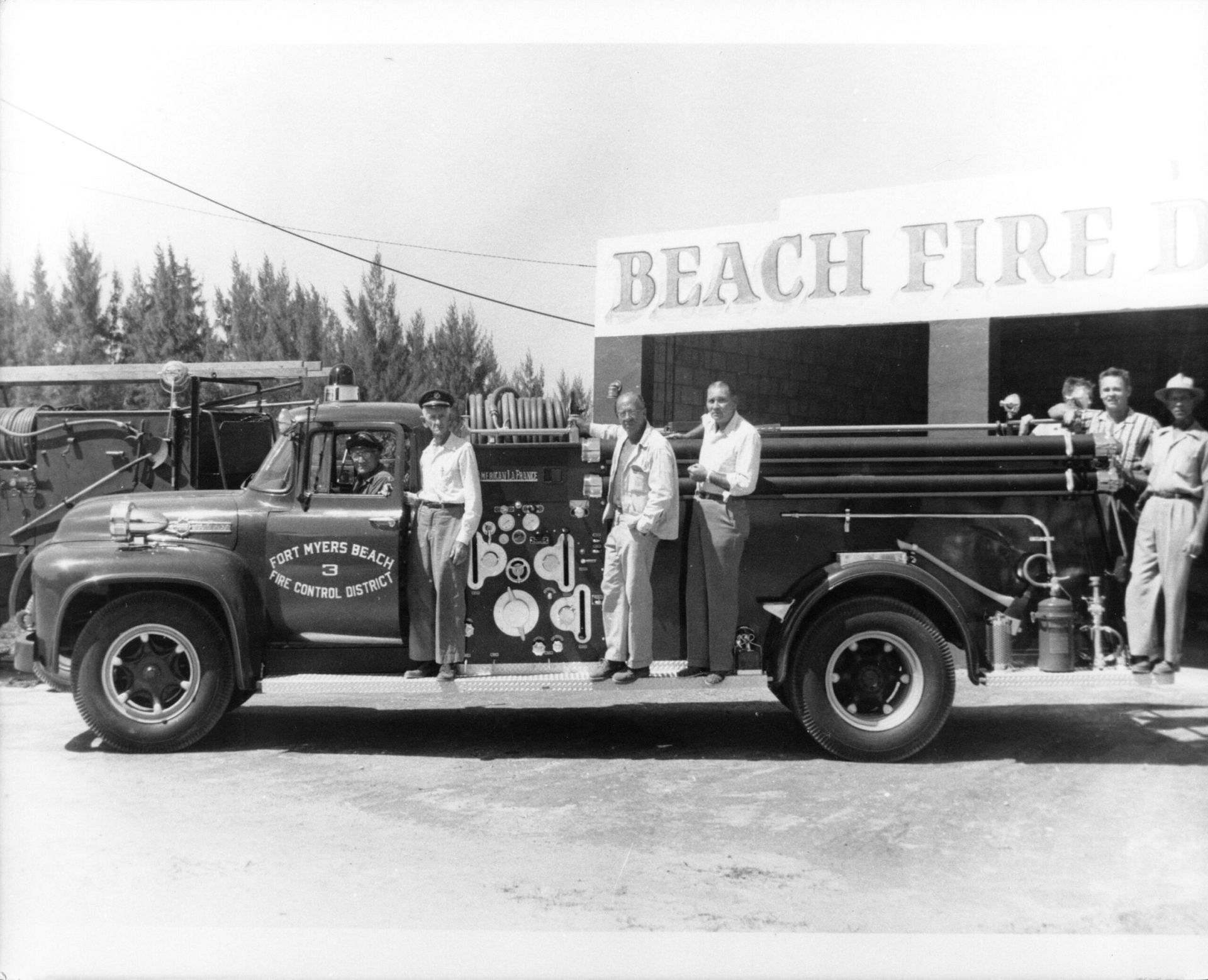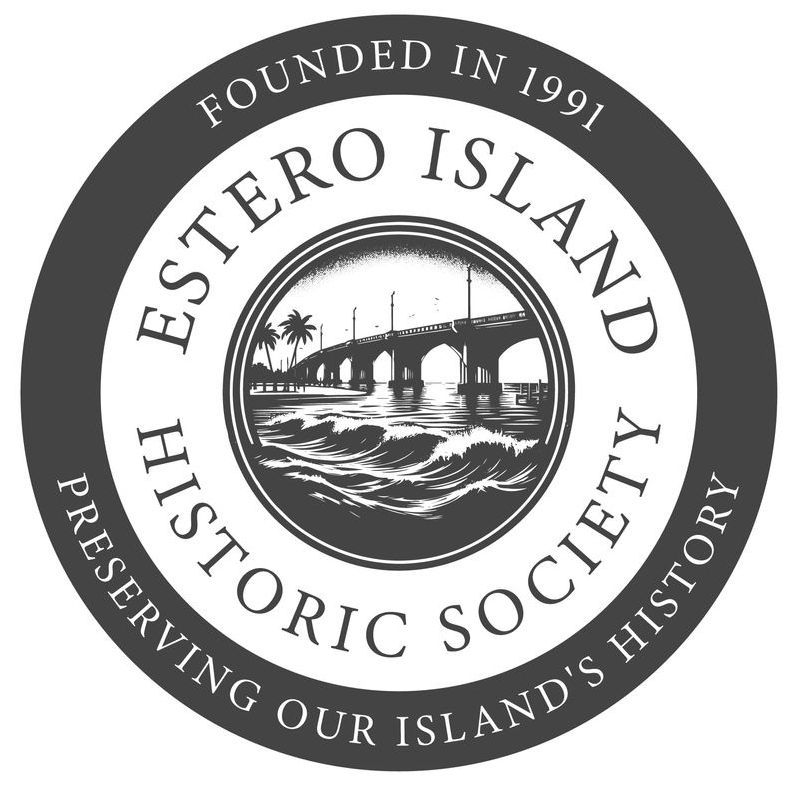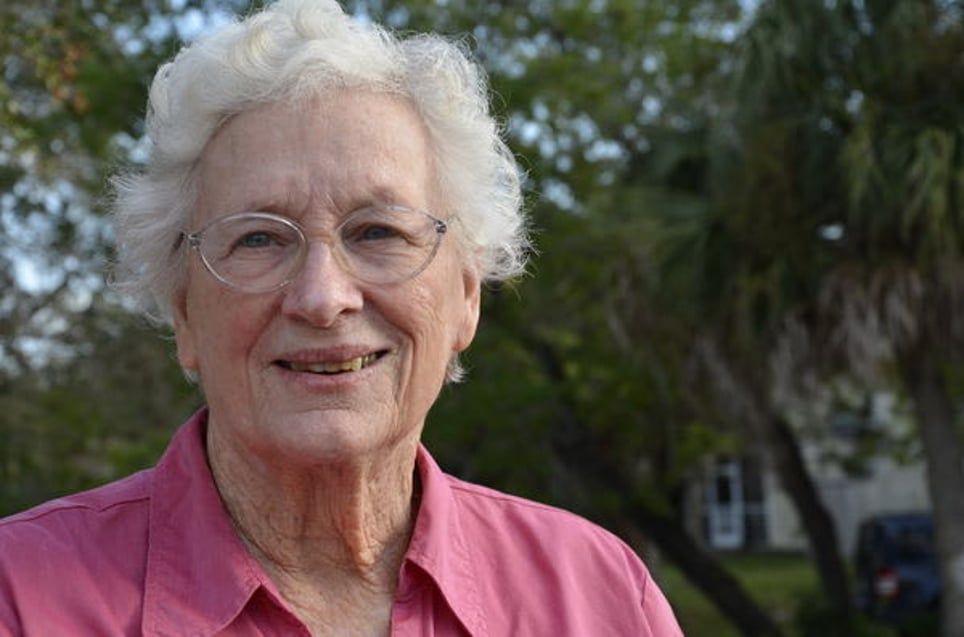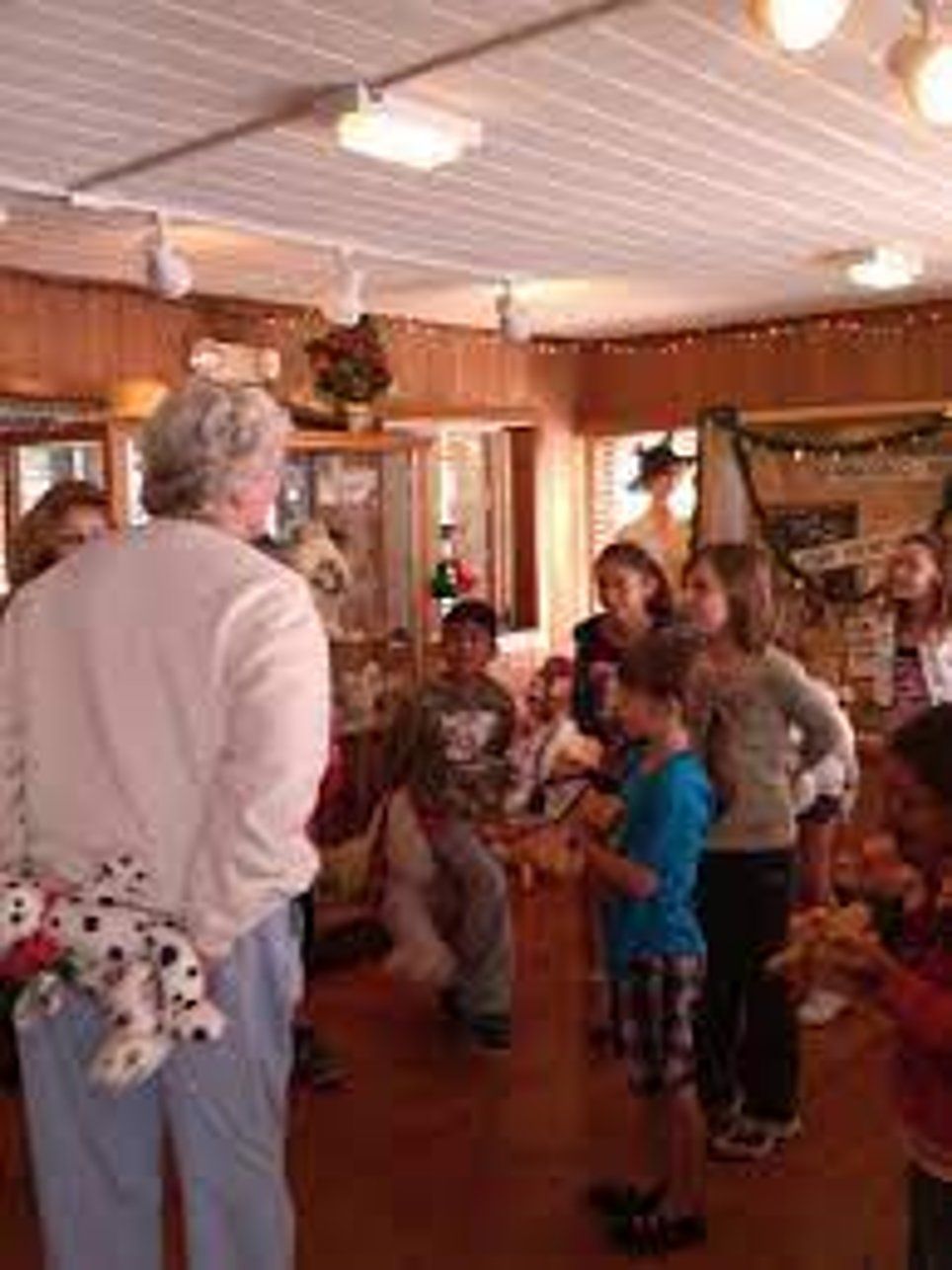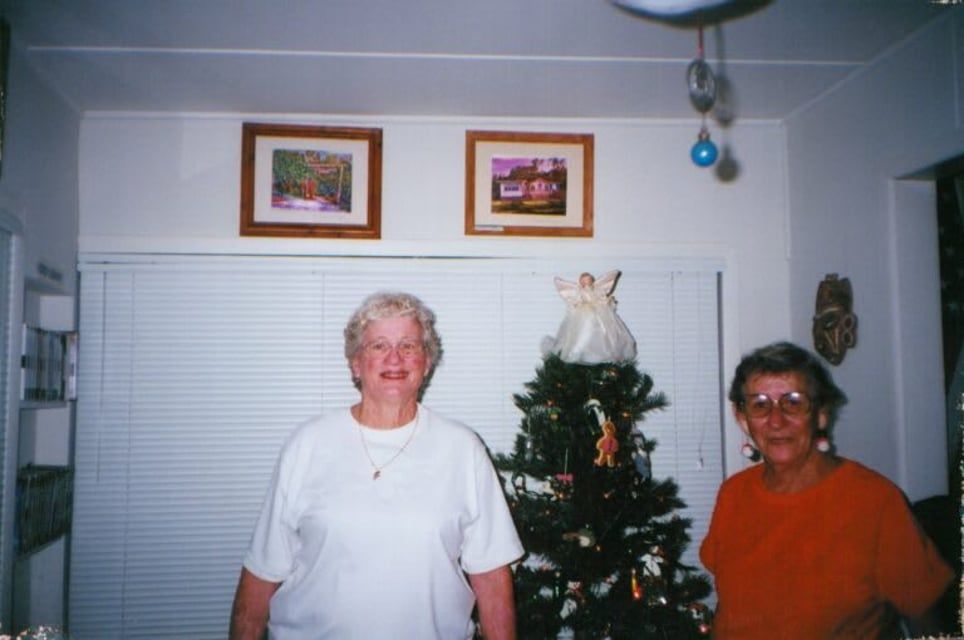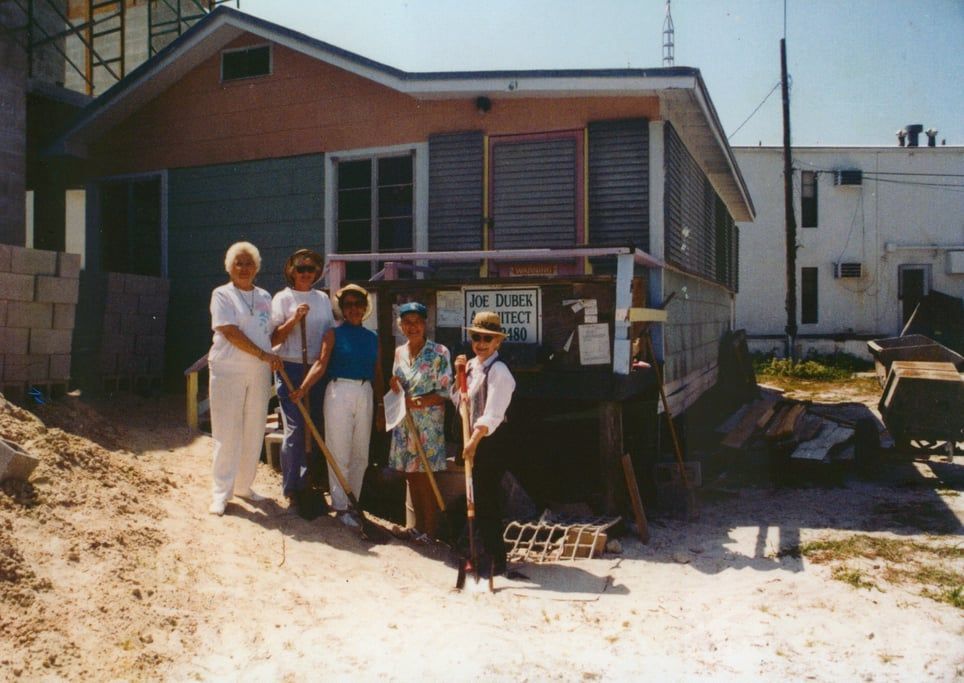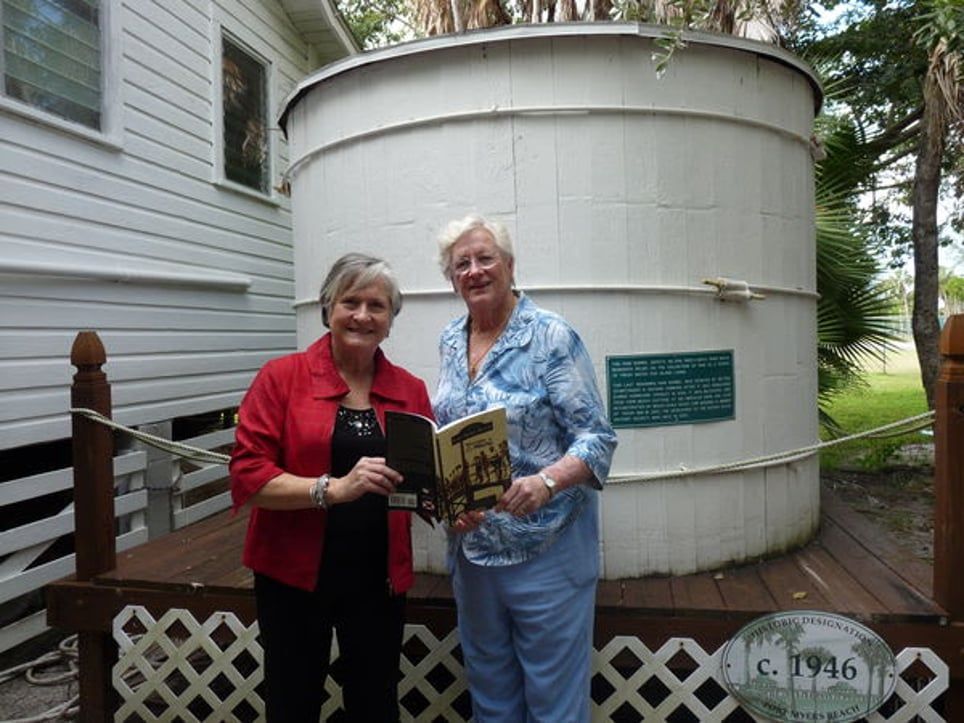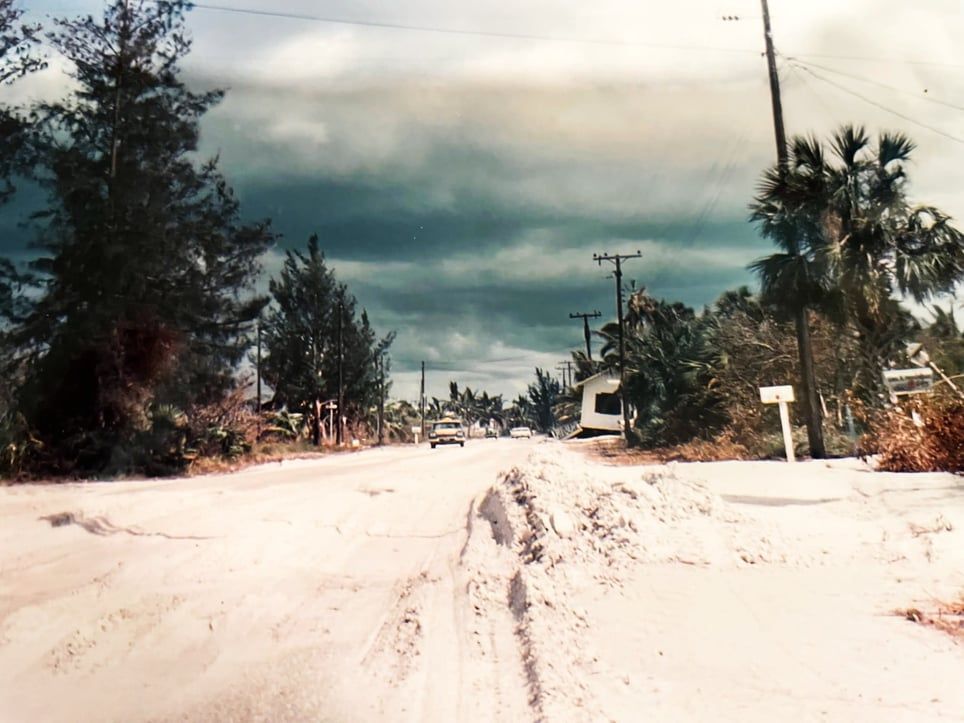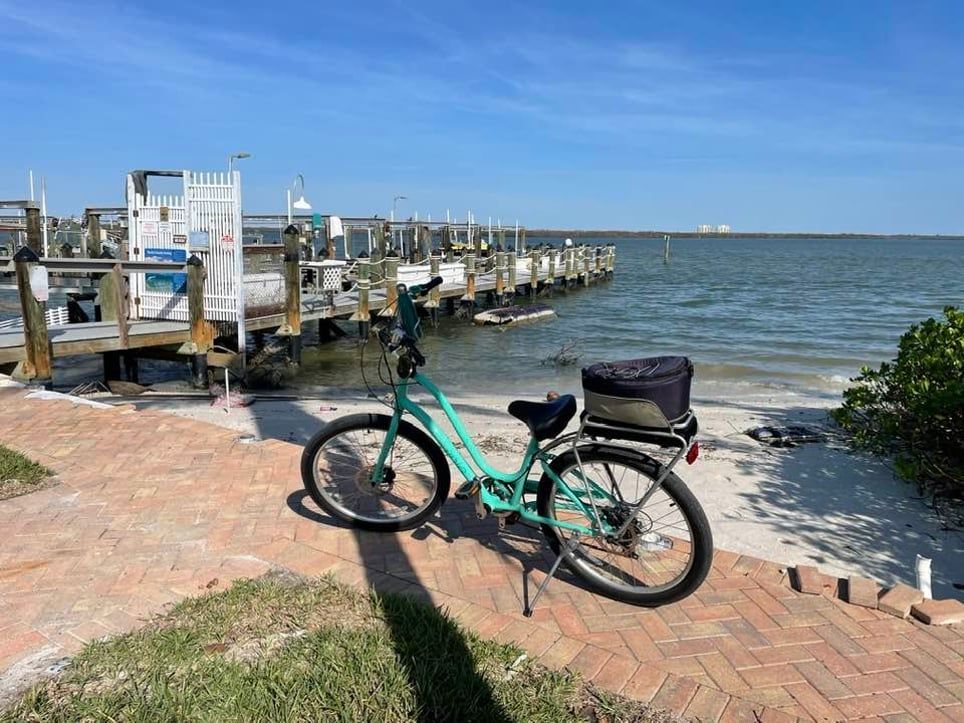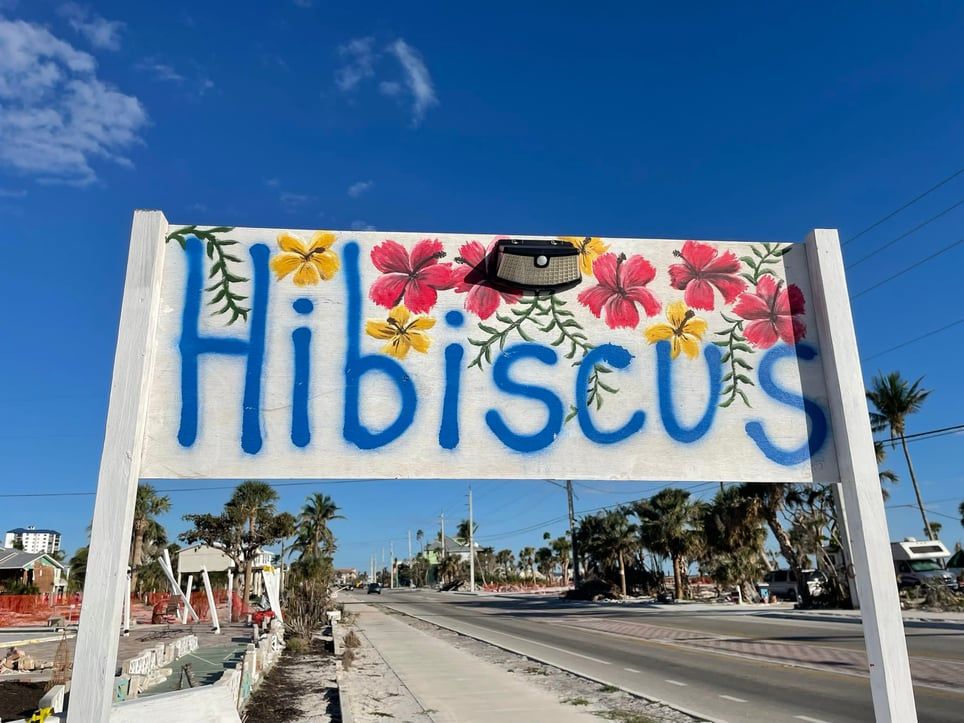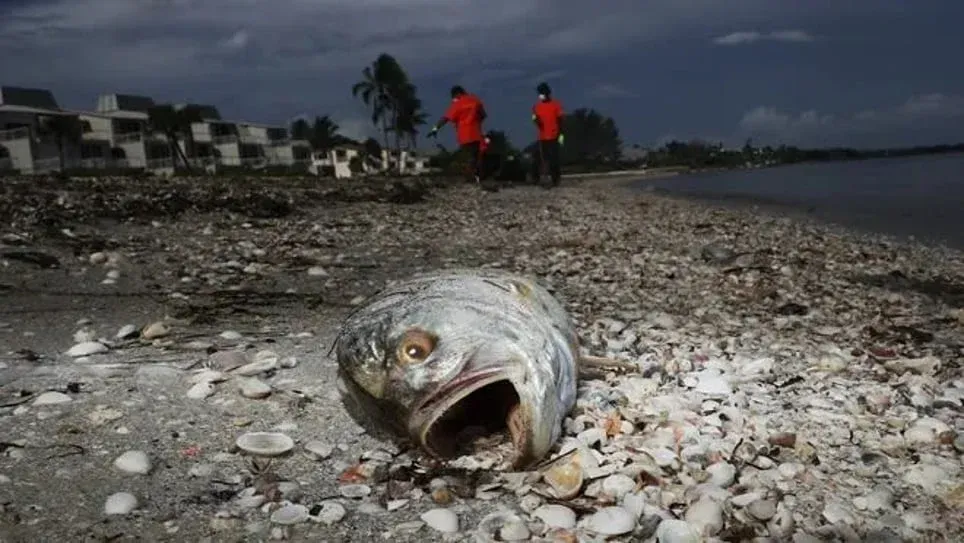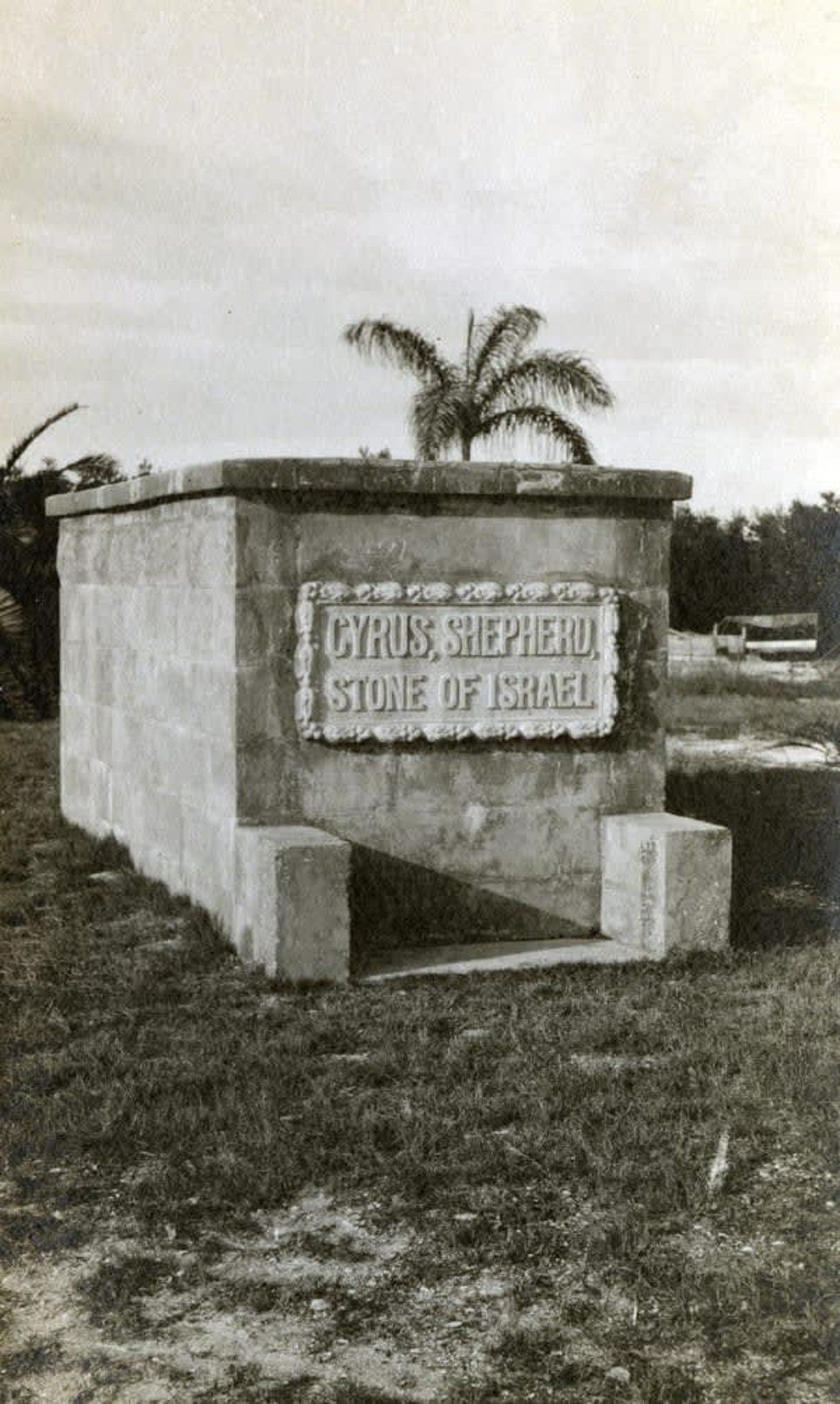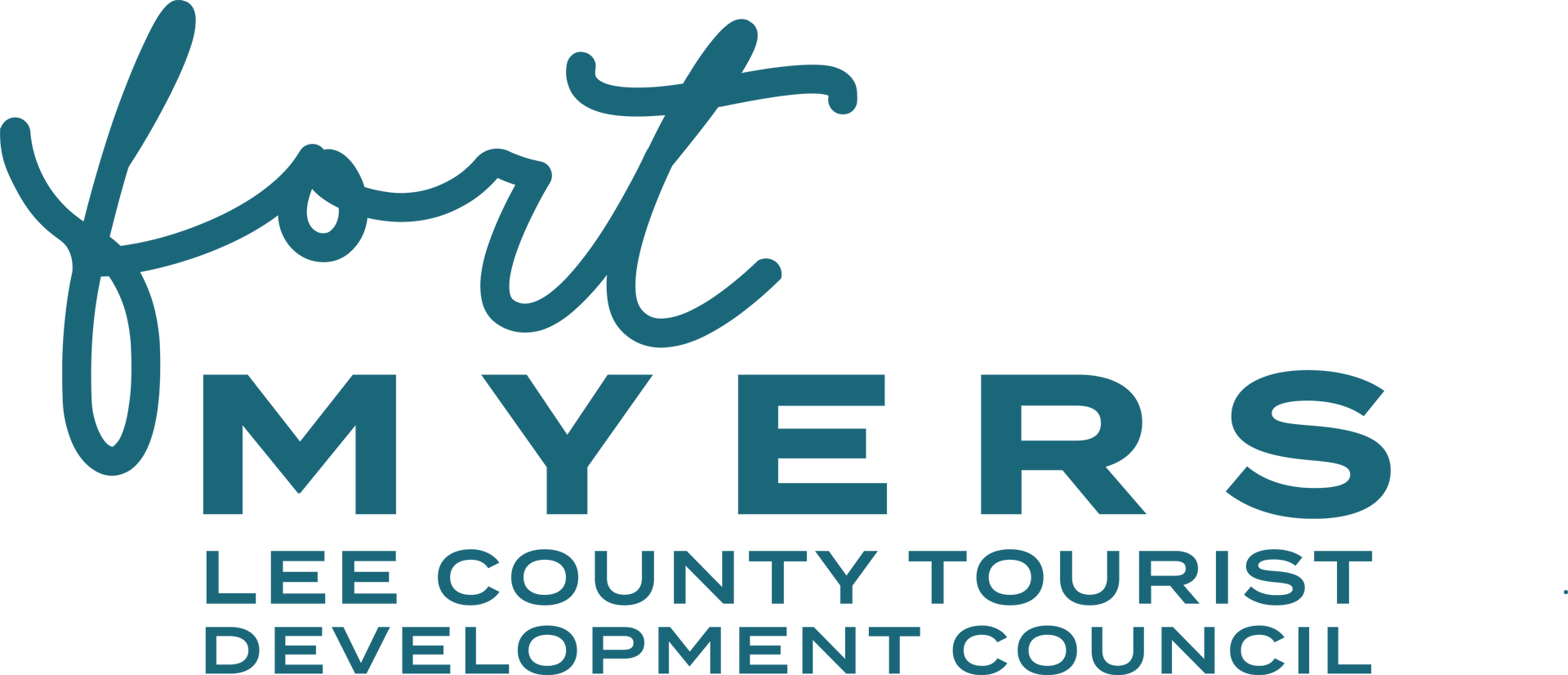Another Loss For Fort Myers Beach: RIP AJ Bassett
Another Loss For Fort Myers Beach: RIP AJ Bassett
Ellie Bunting
The passing of longtime Beach resident AJ Bassett this week is another loss for our island. AJ was one of the few residents still alive who were on the island in the 1940s. When her newly widowed mother, Mildred, packed up her three children (AJ, Connie, and Frandy) and her mother and drove from Philadelphia to Fort Myers Beach, there were just 279 people living on the island. Connie and AJ were only 6 years old. The family rented a cottage on the beach and began their new life as islanders.
Mildred was a graduate of Bryn Mawr College in Philadelphia, so it did not take long for her to get a job teaching Latin in Fort Myers. She was instrumental in helping to raise funds to build the second Beach School on Sterling Street. Eventually, she became a teacher at the school, and later the principal when the third school opened.
I did not know AJ growing up on the island as she was older and in college when I was a kid. However, I did get to know Mildred as she and my mother became good friends since my mom taught at the Beach School when Mildred was principal. AJ attended Florida State University where she was a competitive swimmer. She became a teacher herself and spent many years teaching in Miami.
AJ was very close with her twin sister, Connie, who passed away several years ago. These girls, along with Fran Santini, Jean Matthew, and Jo Hughes grew up on the island when it was nothing but a jungle of sea oats and mangroves. They had a wonderful childhood running barefoot on the beach, sailing in the back bay, and fishing in the Gulf. They were instrumental in forming the Estero Island Historic Society in 1991 and getting the Davison’s “We’re Here” cottage donated and moved to Bay Road to become a museum.
When AJ asked me to join the Board of Directors of the Historic Society about twenty years ago, I did not hesitate. We worked closely together for many years, and I learned more about the island’s history from her than from any history books.
Prior to September 28, I was organizing some of the files that AJ had been working on before her health began to fail. I was amazed at the work that she had put into these files. She had separate files for all kinds of information about the Beach. Everything from environmental issues to people who had shaped our history were included in the hundreds of files she had been working on. Unfortunately, these were all destroyed in the hurricane.
In addition, AJ was the curator of the museum. She set up all the exhibits and kept the museum alive with history. She would invite the Beach School kids to come to the cottage each Christmas to eat homemade cookies and learn about island history.
For many years, FGCU students would visit the cottage once a semester as part of their environmental education courses. AJ and Jo Hughes would share stories growing up on the island in the 40s as they toured the museum and the preserve.
AJ was always coming up with new ways to earn money for society. The Historical Boat Tours and Trolley Tours were very popular with residents and snowbirds alike. She got the last remaining rain barrel donated to the Historic Society. At the time, my son was on track to become an Eagle Scout, and AJ convinced him that moving the rain barrel and setting it up at the cottage would make a great project. He successfully completed the project, and the rain barrel survived the storm although it will need some TLC to get back into its previous shape.
The Historic Society will miss her as we begin our rebuilding process. Once the museum is ready to open, we will be planning an event to celebrate the lives of AJ, Jo Hughes, Tom Myers, Bill Van Duzer, Bill Semmer, Jack Underhill, and others whom we have lost in recent years.

